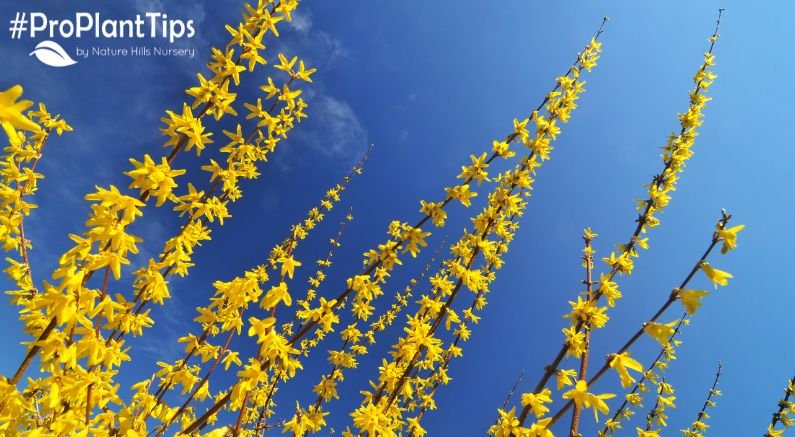June is where summer makes her grand entrance, and gardeners everywhere are busy with what they love best...gardening! There is still time to add a fresh landscape with a re-do of an overgrown one, or complete your planting for a new landscape plan done by our professionals. Now is also a great time to plan for a new planting this fall, too. Now that the soils have warmed, it's a great time for the addition of a good organic layer of mulch to your planting beds for weed prevention and better soil moisture retention (2-3" layer). Be very careful not to mound the mulch up around the trunks of trees, as it can kill the tree. "Tree volcano's" are not good for trees or shrubs.
Roses should be checked for aphids and other bugs and sprayed as soon as possible.

Watch your Mugho and Scotch Pine for pine sawfly caterpillars, which should be removed or sprayed to prevent them from eating last year's needles. Most usually show up when the Magnolia blooms, but there still may be a second infestation you should be aware of. Watch for Aphids as the weather warms too.
Maintain your existing plantings by regular weeding of the gardens and planting beds. Remove the weeds when they are small for best results. Spring flowering bulbs have foliage that has now turned (or is turning) brown and dying, and this old foliage can be removed without affecting next year's flowers. Be sure and allow the spring bulb foliage to turn brown before removing it though, as the green leaves make food for next year's bulbs.
Spring flowering shrubs (Forsythia, Lilacs, Mockorange) can still be pruned after the flowers have finished. Some kinds of Lilacs have yet to bloom so be sure to let those Canadian Lilacs as well as the Ivory Silk and Japanese Tree Lilacs bloom before pruning them. If you like Lilacs, you can have the Hyacinthiflora types bloom first, common and French Hybrid Lilacs next, the Dwarf Miss Kim and Korean Lilac are just finishing up early June, and the Canadian and Japanese Tree Lilacs are last. Lilac blooming season is a long one.
Prune spent flowers from perennials to keep the plants neat and many will respond with new flowers to enjoy. Annuals too can be deadheaded and pinched back to encourage bushiness and continued flowering.

Russian Sage and Autumn Joy Sedum can be sheared back by half (once they hit about 12") to encourage these plants to bloom as shorter plants, if so desired. Maintaining a good soil moisture is important - especially for new plantings. Ideally, a good, slow, deep watering is required about every 7-10 days for trees and shrubs.
Newly planted B&B and container plants need to be watched very carefully for the first six weeks after planting or until they have had a chance to get rooted in. The easiest method of checking to see if a plant needs water is to stick your finger in the soil it was planted with, and if it feels dry - water it, and if it feels moist - skip watering it. Typically sprinkler systems do not work well for establishing new plantings unless they are putting water on the roots where needed. Plant roots is where the water should be put, not on the foliage.
Maintaining a good healthy lawn will benefit greatly by raising the cutting length. Bluegrass is best watered deeply, and then allowed to dry out in-between waterings. This forces the roots to go down for the water (unlike it would if you are one of those people who like to watch their sprinkling systems water lightly every day). Deep, infrequent waterings are best for turf grasses.
Courtesy Tim Flood - McKay Nursery

